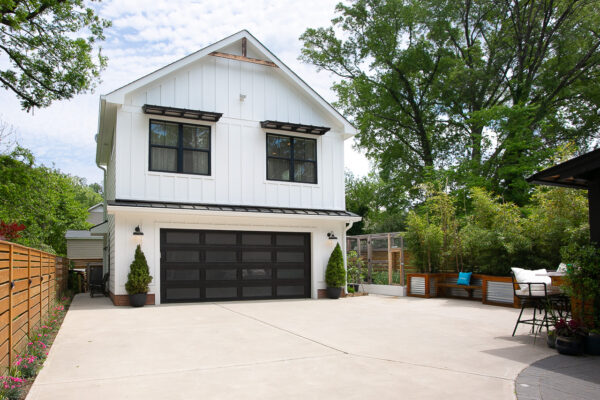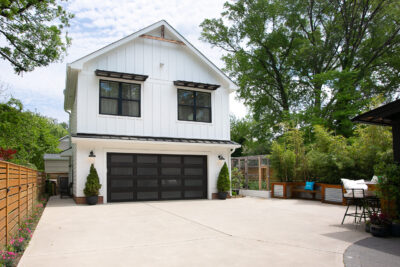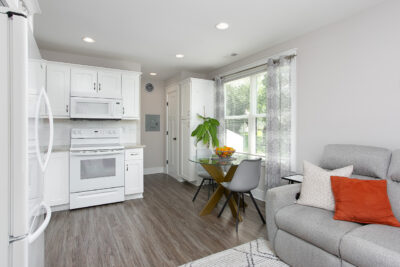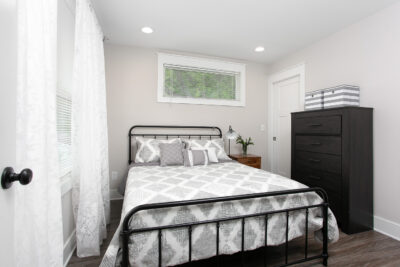Multi-generational living offers the potential for strong family bonds and support, but it can also present challenges in terms of conflicting lifestyles and limited privacy.

Multigenerational living refers to the practice of several generations of a family living together in the same household. This arrangement has both advantages and disadvantages, and understanding them can help individuals make informed decisions about whether multigenerational living is right for them. Here are some of the pros and cons of multigenerational living:

Pros:
- Financial Benefits: One of the primary advantages of multigenerational living is the potential for cost savings. By sharing living expenses, such as mortgage payments, utility bills, and groceries, multiple generations can reduce their financial burden. This arrangement allows families to pool their resources and potentially save money in the long run.
- Emotional Support: Multigenerational living fosters strong emotional bonds and provides an increased sense of support and belonging. Older family members can offer guidance, wisdom, and experience to younger generations, while the younger members can provide care, companionship, and assistance to their elders. This mutual support can enhance the overall well-being of everyone involved.
- Shared Responsibilities: When multiple generations live together, household chores, childcare duties, and other responsibilities can be shared among family members. This not only lightens the load for individuals but also promotes a sense of cooperation, teamwork, and shared commitment within the family.
- Enhanced Caregiving: Multigenerational living can be particularly beneficial when it comes to caring for older family members who may require assistance or have specific health needs. Living together allows for closer monitoring, immediate access to healthcare services, and the ability to provide personalized care. It can also alleviate the need for external caregivers or nursing homes, providing a higher level of comfort and familiarity for the elderly.

Cons:
- Potential Conflicts: Living in close proximity with family members can sometimes lead to disagreements and conflicts. Differences in opinions, parenting styles, and daily habits can create tension and strain relationships. Resolving conflicts and maintaining open communication becomes crucial in order to ensure a harmonious living environment.
- Limited Independence: Multigenerational living may restrict individual freedom and independence, particularly for younger adults. They may feel limited in making decisions about their own lives, career choices, or lifestyle preferences due to the influence or expectations of older generations. This can potentially hinder personal growth and self-discovery.
- Space Constraints: Sharing living space among multiple generations can be challenging, especially if the house is not designed to accommodate such an arrangement. Lack of adequate space, bedrooms, or common areas can lead to a crowded and cramped living environment, causing discomfort and inconvenience for everyone involved.
- Lack of Privacy: Multigenerational living can lead to a reduction in personal space and privacy for all family members. Living in close quarters with multiple generations can limit personal freedom and the ability to have personal time and space. This lack of privacy can sometimes lead to conflicts or a sense of intrusion among family members.
Building an Accessory Dwelling Unit (ADU) can help address some of the challenges in multigenerational living by providing additional living space and increasing flexibility within the household. Here are some ways an ADU can help solve these challenges:

- Increased Privacy: An ADU can offer a separate living space for certain family members, providing them with privacy and autonomy. Older adults or young adults seeking independence can have their own self-contained unit while still being in close proximity to the main family home. This arrangement allows for a balance between shared living and personal space.
- Reduced Conflicts: With the availability of separate living spaces, conflicts arising from differences in lifestyle, schedules, or parenting styles can be minimized. Each generation can maintain their own routines and preferences, reducing the potential for tensions and disagreements. Family members can come together in shared spaces within the main home while having the option to retreat to their private ADU as needed.
- Independent Living with Proximity: An ADU allows older family members to maintain a sense of independence while remaining close to their loved ones. They can enjoy their own living space while being in proximity to the main home, enabling regular social interaction and support from younger family members. This arrangement promotes intergenerational bonds and caregiving without compromising personal autonomy.
- Additional Space: Building an ADU can help to alleviate the stress of a communal living arrangement when space is an issue. Some homes are not set up for multigenerational living, or do not have enough bedrooms and common spaces to accommodate larger family units. Family members can still gather in the main home without the feeling of being crowded, while still having the flexibility to retreat to the accessory unit for personal time.
- Aging in Place: ADUs can also be designed to accommodate the changing needs of older family members. Features like grab bars, wide doorways, and step-free access can ensure that the unit remains accessible and safe for aging individuals. This enables older adults to age in place comfortably and securely, reducing the need for costly assisted living or nursing home arrangements.This also helps give older family members independence while still offering immediate care, if needed.
In conclusion, multigenerational living offers numerous advantages such as financial savings and emotional support while it also presents challenges such as conflicts and space constraints. Ultimately, the decision to pursue multigenerational living should be based on careful consideration of individual family dynamics, preferences, and the willingness to adapt and compromise. While building an ADU can address some challenges in multigenerational living, it is important to consider local regulations, zoning requirements, and financial feasibility before embarking on such a project.
If you are interested in building an ADU, CoCreations can walk you through the entire process. From the initial design meeting, we will go over the specific needs for your ADU and help put together exactly what you want and need. We will assist you with architectural plans, selections, and construction, and give you an entire turn-key experience.
Check out this new construction project we did in West Durham with an ADU in the back!





Find more pics of this project and more on our website!


